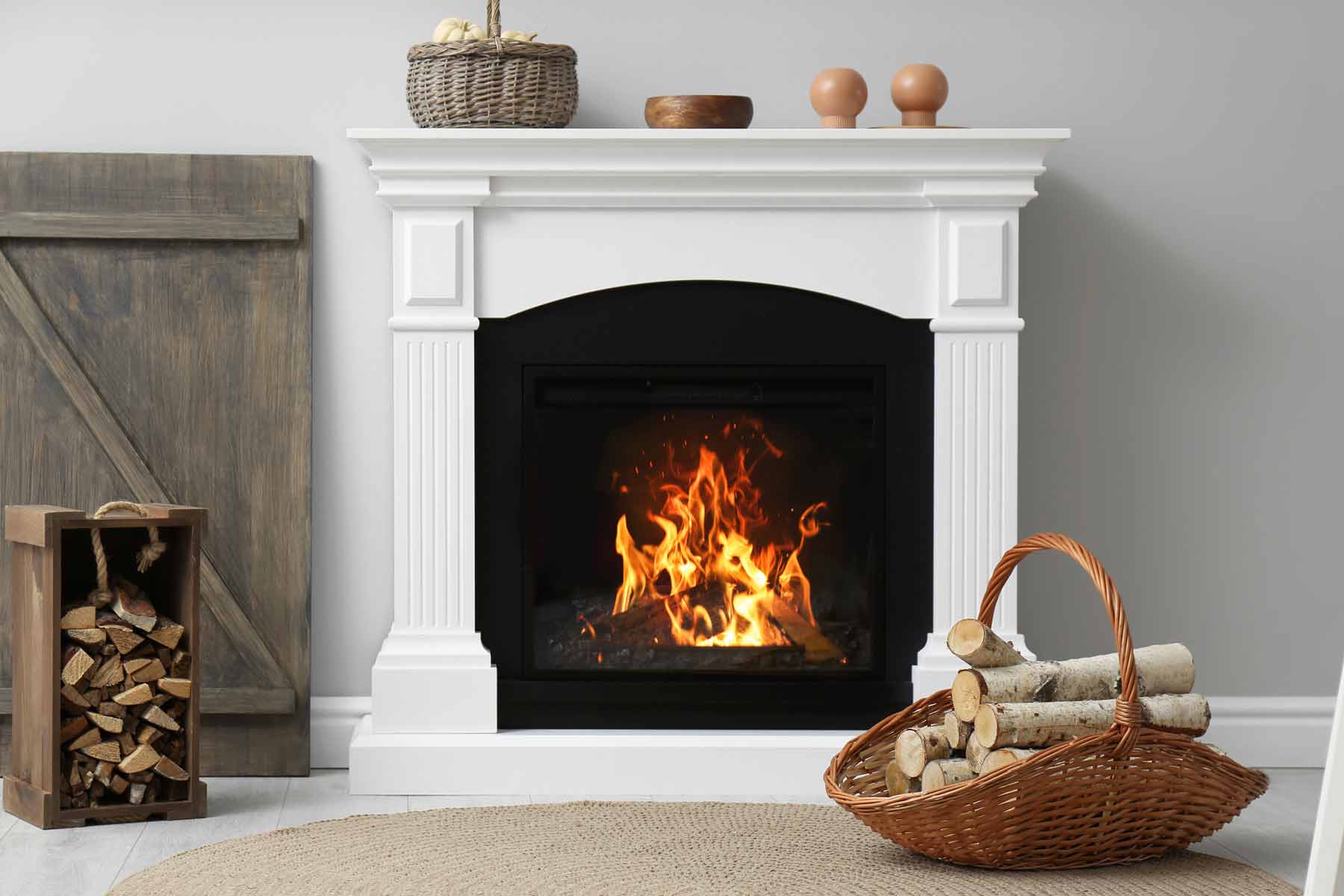

Articles
How Much To Replace A Fireplace
Modified: October 21, 2024
Discover how much it costs to replace a fireplace with our informative articles. Get expert advice and insights on fireplace installation and renovation.
(Many of the links in this article redirect to a specific reviewed product. Your purchase of these products through affiliate links helps to generate commission for Storables.com, at no extra cost. Learn more)
Introduction
Replace a fireplace can significantly transform the look and feel of a room. Whether you’re looking to upgrade to a more efficient model or simply enhance the aesthetic appeal of your space, fireplace replacement is a worthwhile investment. However, one important consideration is the cost associated with this home improvement project.
There are various factors that can affect the cost of fireplace replacement. Understanding these factors can help you set a realistic budget and make informed decisions about the materials and design options available. From the type of fireplace to the size and customization features, each element plays a role in determining the overall cost.
In this article, we will explore the different factors that influence the cost of fireplace replacement and provide tips on how to manage those costs effectively. Whether you choose to hire a professional or take on the project yourself, understanding the various cost elements can help you make the best decision for your needs and budget.
Key Takeaways:
- Fireplace replacement costs vary based on factors like type, materials, size, and labor. Research, reuse existing components, and consider DIY aspects to reduce costs while maintaining quality and safety.
- Careful planning and strategic decisions can help manage fireplace replacement costs. Consider standard sizes, simplify design, and prioritize regular maintenance to achieve a cost-effective and aesthetically pleasing fireplace transformation.
Read more: How To Replace A Fireplace Screen
Factors Affecting the Cost of Fireplace Replacement
When it comes to fireplace replacement, there are several key factors that can influence the cost of the project. Understanding these factors can help you plan and budget accordingly. Here are some of the main factors that can affect the cost of fireplace replacement:
- Type of Fireplace: The type of fireplace you choose will have a significant impact on the cost. There are various options available, including traditional wood-burning fireplaces, gas fireplaces, electric fireplaces, and even ethanol fireplaces. Each type has its own set of installation requirements, which can affect both the labor and material costs.
- Materials Used: The materials used for the fireplace surround, mantel, and hearth can greatly affect the overall cost. Higher-end materials such as marble, granite, or stone can be more expensive than options like tile or brick. Additionally, the quality and design of the materials will also impact the overall cost.
- Size of Fireplace: The size of the fireplace can also impact the cost. Larger fireplaces will require more materials, longer installation time, and potentially more labor. If you’re looking to replace a pre-existing fireplace, it’s important to consider the dimensions and ensure that the replacement fireplace will fit properly in the space.
- Additional Features and Customization: If you’re interested in adding extra features or customizing your fireplace, this can significantly increase the cost. For example, incorporating a built-in entertainment center, adding decorative elements like columns or arches, or installing a customized mantel can all drive up the overall cost of the project.
- Labor Costs: The cost of labor will vary depending on the complexity of the installation and the region where you live. Hiring a professional contractor to handle the installation can ensure that the job is done correctly, but it will also add to the overall cost. On the other hand, opting for a do-it-yourself approach can save money, but it’s important to have the necessary skills and expertise to complete the project safely and effectively.
It’s important to consider all of these factors when determining the cost of fireplace replacement. By understanding the various elements that can affect the cost, you can make informed decisions and tailor the project to meet your budget and design preferences.
Type of Fireplace
Choosing the right type of fireplace is crucial when it comes to fireplace replacement. The type of fireplace you select will not only impact the overall aesthetics of your space but also the cost of the project. Here are some popular types of fireplaces to consider:
- Wood-Burning Fireplaces: Wood-burning fireplaces have a classic charm and provide the authentic crackling sound and aroma of burning wood. However, they require a chimney or venting system to safely release the smoke. The cost of installing a wood-burning fireplace can vary depending on the materials used for the surround and the complexity of the chimney installation.
- Gas Fireplaces: Gas fireplaces are a popular choice due to their convenience and efficient heat output. They provide a clean and controlled flame without the need for wood or cleanup. Gas fireplaces can be vented or ventless, with ventless options being less expensive. The cost of a gas fireplace installation will depend on factors such as whether a gas line needs to be installed or if existing gas lines can be used.
- Electric Fireplaces: Electric fireplaces offer the benefit of easy installation and versatility. They don’t require a venting system or a gas line, making them a flexible option for any room. Electric fireplaces produce simulated flames and can be simply plugged into an electrical outlet. The cost of electric fireplaces can vary depending on the size and design features, such as built-in heating capabilities or remote control options.
- Ethanol Fireplaces: Ethanol fireplaces are an eco-friendly option that burn a clean, renewable fuel source. They don’t require a venting system or gas line, making them easy to install and ideal for smaller spaces. Ethanol fireplaces come in a variety of designs, from freestanding units to wall-mounted options. The cost of ethanol fireplaces can vary depending on their size, materials, and design complexity.
When selecting the type of fireplace for your replacement project, consider factors such as your personal preferences, the availability of fuel sources, and the overall budget. Each type of fireplace has its own unique characteristics and installation requirements. Consulting with a professional can help you explore the options and determine the best fit for your space and budget.
Materials Used
The materials used for your fireplace replacement can have a significant impact on the overall cost and aesthetic appeal of the project. Here are some common materials used in fireplace construction:
- Brick: Brick is a popular choice for fireplace surrounds due to its durability, timeless appeal, and cost-effectiveness. It can be installed in various patterns and is available in a range of colors and finishes. The cost of brick will depend on factors such as the quality of the brick and the complexity of the installation.
- Stone: Natural stone, such as granite or marble, offers a luxurious and elegant look for a fireplace. Stone comes in various sizes, shapes, and colors, allowing for a high level of customization. However, the cost of stone can be higher compared to other materials, as it requires skilled labor and may involve additional reinforcement.
- Tile: Tile is a versatile and affordable option for fireplace surrounds. It comes in a wide range of colors, patterns, and textures, allowing for endless design possibilities. The cost of tile largely depends on the quality and type of tile chosen, such as ceramic, porcelain, or glass mosaic.
- Mantel: The mantel is the shelf-like structure above the fireplace opening. Mantels can be made from a variety of materials, including wood, stone, or metal. Wood mantels are a popular choice due to their warmth and natural beauty. However, the cost of the mantel will depend on the type and quality of the material used.
- Hearth: The hearth is the floor area in front of the fireplace. It can be made from materials such as brick, stone, or tile. Similar to the mantel, the cost of the hearth will depend on the material chosen and its quality.
When selecting materials for your fireplace replacement, consider factors such as your budget, the overall design aesthetic of your space, and the level of maintenance required. Consulting with a professional can be beneficial in helping you choose the right materials that meet your needs and budget while ensuring the longevity and safety of your fireplace. Additionally, proper installation by experienced professionals can ensure that the materials are installed correctly, maximizing their lifespan and visual impact.
Size of Fireplace
The size of your fireplace is an important factor to consider when planning a fireplace replacement project. The size of the fireplace can impact both the aesthetic appeal and the overall cost. Here are some factors to consider regarding the size of your fireplace:
Proportions:
The size of your fireplace should be proportional to the size of the room it is in. A fireplace that is too small can get lost in a larger room, while a fireplace that is too large can overpower a smaller space. Take into account the overall dimensions of the room and consider how the fireplace will fit within the existing layout.
Existing Firebox:
If you are replacing an existing fireplace, you will need to consider the dimensions of the firebox. The firebox is the area where the fire is contained, and it is important to ensure that the replacement fireplace fits properly within this space. Taking accurate measurements of the existing firebox will help you choose a replacement fireplace that fits seamlessly.
Ventilation Requirements:
The size of the fireplace can also impact the ventilation requirements. Different types of fireplaces have specific ventilation needs to safely release smoke and gases. Make sure to consult with a professional to determine the appropriate size and ventilation requirements for the type of fireplace you choose.
Materials and Cost:
The size of the fireplace can affect the cost of materials. A larger fireplace will require more materials for the surround, mantel, and hearth. Additionally, larger fireplaces may require additional reinforcement, which can add to the overall cost. Consider your budget and the cost of materials when determining the size of your fireplace.
Design and Customization:
The size of the fireplace can also impact the design and customization options. A larger fireplace may allow for more elaborate designs, such as built-in shelving or intricate tile patterns. However, keep in mind that additional customization features can increase the overall cost of the project.
When determining the size of your fireplace, it is important to consider both the practical and aesthetic aspects. Taking accurate measurements, considering ventilation requirements, and keeping in mind your budget and design preferences will help ensure a successful fireplace replacement project.
Read more: How Much To Build A Fireplace
Additional Features and Customization
When planning a fireplace replacement, you have the opportunity to incorporate additional features and customization options that can elevate the overall look and functionality of your fireplace. Here are some popular additional features and customization options to consider:
- Built-In Shelving: Adding built-in shelves or cabinets on either side of the fireplace can provide extra storage space and enhance the visual appeal of the room. These shelves can be used to display décor items or store books and media devices.
- Entertainment Center Integration: If you enjoy watching television or using media devices near the fireplace, you can consider integrating an entertainment center into the design. This can involve incorporating a TV mount above the fireplace or creating a designated space for media equipment.
- Custom Mantel: The mantel is a prominent focal point of the fireplace, and customizing it can add a personal touch. Consider different materials, such as wood, stone, or metal, and various designs to complement the overall style of the room.
- Accent Lighting: Adding accent lighting around the fireplace can create a cozy ambience and highlight its features. Consider incorporating recessed lighting, wall sconces, or LED strips to enhance the visual appeal and functionality of the fireplace area.
- Tiling and Decorative Elements: Explore different tile patterns and designs to create a unique and eye-catching fireplace surround. From mosaic tiles to intricate patterns, there are various options available to suit your style. Additionally, consider adding decorative elements such as columns, arches, or decorative mouldings to enhance the overall aesthetic appeal.
While these additional features and customization options can enhance the overall look and functionality of your fireplace, they can also add to the cost of the project. It’s important to carefully consider your budget and priorities when deciding which features to include. Consulting with a professional can help you explore different options and find the right balance between design, functionality, and cost.
Keep in mind that some customization features may require additional labor and expertise to install. Working with experienced professionals ensures that these features are properly integrated into the overall fireplace design and that all safety aspects are taken into consideration.
By taking the time to consider additional features and customization options, you can create a fireplace that not only meets your aesthetic preferences but also adds value and functionality to your space.
Consider the type of fireplace you want to replace (wood-burning, gas, electric) and the materials involved. Get multiple quotes from reputable contractors to ensure you get the best price.
Labor Costs
When it comes to fireplace replacement, labor costs are an important consideration. While the type of fireplace, materials used, and additional features play a significant role in determining the overall cost, the labor involved in the installation process also factors into the total expenses. Here are some key aspects to understand about labor costs for fireplace replacement:
Professional Installation:
Hiring a professional contractor for fireplace installation can ensure that the job is done correctly and efficiently. The cost of professional installation will vary depending on factors such as the complexity of the project, the region you live in, and the experience and expertise of the contractor. Generally, professional installation costs can range from a few hundred to several thousand dollars, depending on the scope of the project.
Permits and Inspections:
In some cases, a permit may be required for fireplace replacement, especially if major modifications or additions are being made. These permits typically come with associated fees. Additionally, local building codes may require inspections throughout the installation process. It is important to budget for these additional costs when considering labor expenses for fireplace replacement.
Demolition and Preparation:
Before installing the new fireplace, existing structures may need to be demolished or removed, such as the old fireplace surround or mantel. Labor costs will include the removal of these components and the preparation of the area for the installation of the new fireplace. The extent of demolition and preparation work required will depend on the specific project and the condition of the existing fireplace.
Customization and Detail Work:
If you opt for additional customization features, such as built-in shelving or a custom mantel, these will require specialized labor and expertise. Customization and detail work can increase the labor costs due to the additional time, skills, and materials involved in creating these unique features.
Timing and Scheduling:
The time it takes to complete the installation can also impact the labor costs. Factors such as the availability of materials, the complexity of the project, and the contractor’s schedule can influence the timeline. It’s important to discuss the estimated timeframe with the contractor and factor in any potential delays or additional labor costs that may arise.
When budgeting for your fireplace replacement, it’s essential to consider the labor costs associated with the project. While DIY installation may reduce labor expenses, it’s important to consider your own skills and experience, as improper installation can lead to safety hazards and additional costs in the long run. Consult with professionals to get accurate estimates, ensure a smooth installation process, and ultimately enjoy your new fireplace with peace of mind.
Average Cost of Fireplace Replacement
The cost of fireplace replacement can vary significantly based on several factors, including the type of fireplace, materials used, size, additional features, customization, and labor costs. It’s important to note that the figures provided here are average estimates, and the actual cost can vary depending on your location and specific project requirements.
On average, a basic fireplace replacement can cost anywhere from $1,500 to $5,000. This typically includes removing the existing fireplace and surround, installing a new fireplace unit, and basic materials such as brick or tile. The cost may increase if additional work is needed, such as modifying the firebox or addressing ventilation requirements.
For mid-range fireplace replacements, which may include higher-quality materials and some customization, the cost can range from $5,000 to $10,000 or more. This may include upgrades such as a stone surround, a custom mantel, or built-in shelving. The actual cost will depend on the specific materials chosen and the level of customization desired.
For high-end or luxury fireplace replacements, the cost can range from $10,000 to $20,000 or more. These projects may involve premium materials, intricate design features, and customized elements. Options such as hand-carved stone or exotic wood mantels can significantly increase the cost.
It’s important to consider that the above costs primarily reflect the material and labor expenses for the fireplace replacement itself. Additional costs such as permits, inspections, demolition, and preparation work, as well as customization features, may contribute to the overall expense. It’s recommended to budget for these additional costs to avoid any unexpected financial surprises.
Furthermore, remember that these figures are averages and can vary based on factors such as your geographical location and the specific details of your project. Consulting with professionals, obtaining multiple quotes, and discussing your specific needs and budget will provide a more accurate estimation of the cost for your fireplace replacement.
Lastly, it’s crucial to weigh the cost against the value and benefits that a new fireplace can bring to your home. A well-designed and properly functioning fireplace not only enhances the aesthetic appeal of your space but can also increase the overall value of your property.
By understanding the average cost range for fireplace replacement and considering your specific requirements and budget, you can make informed decisions and ensure that you achieve the desired results within your financial means.
DIY vs Professional Installation
When it comes to fireplace replacement, one important decision to consider is whether to tackle the project as a do-it-yourself (DIY) endeavor or hire a professional for installation. Both options have their pros and cons, and it’s essential to evaluate your skills, experience, and comfort level before making a decision.
DIY Installation:
Opting for a DIY installation can potentially save you money on labor costs, as you won’t have to hire a professional contractor. However, it’s important to assess your level of expertise, as fireplace installation can be complex and requires knowledge of building codes and safety regulations. If you have prior experience with construction projects and feel confident in your abilities, DIY installation can be a rewarding option.
Before undertaking a DIY installation, consider the following:
- Do you have the necessary tools and equipment for the job?
- Are you familiar with local building codes and permits required?
- Do you have experience working with the chosen type of fireplace and materials?
- Are you comfortable handling potential complications or obstacles that may arise during the installation process?
If you decide to pursue a DIY installation, thorough research, proper planning, and following manufacturer guidelines are crucial. Additionally, consulting with professionals or attending workshops can provide valuable guidance and ensure that you have a clear understanding of the process.
Professional Installation:
Hiring a professional for fireplace installation may come with additional costs, but it offers numerous advantages. Professionals have the expertise, experience, and knowledge required to ensure a safe and efficient installation. They are well-versed in local building codes and can handle any potential challenges that arise during the project.
Here are some benefits of professional installation:
- Expertise: Professionals specialize in fireplace installation and have the expertise to handle various types of fireplaces and materials.
- Quality and Safety: Professionals ensure that the installation meets industry standards and follows safety regulations, minimizing the risk of accidents or issues.
- Time and Efficiency: Professionals can complete the installation in a timely and efficient manner, managing the project from start to finish.
- Warranty and Guarantees: Many professional installers offer warranties or guarantees on their work, providing peace of mind and protection in case of any issues that arise.
Ultimately, the choice between DIY and professional installation depends on your comfort level, experience, budget, and the complexity of the project. While DIY installation may be appealing from a cost-saving perspective, it’s crucial to prioritize safety and quality. If you are unsure or have limited experience, it’s advisable to consult with professionals to ensure a successful fireplace replacement.
Whether you opt for DIY or professional installation, remember to obtain the necessary permits, follow building codes, and prioritize safety throughout the process. A properly installed fireplace will not only enhance the aesthetics of your space but also provide warmth and create a cozy atmosphere for many years to come.
Tips to Reduce Fireplace Replacement Costs
Fireplace replacement can be a significant investment, but there are several ways to help reduce the overall cost without compromising on quality. Here are some helpful tips to consider when looking to lower fireplace replacement costs:
- Research and Compare: Take the time to research different suppliers, contractors, and materials to find the most cost-effective options. Obtain multiple quotes and compare them to ensure you’re getting the best value for your money. Be cautious of quotes that seem unusually low, as this may indicate lower quality materials or subpar workmanship.
- Reuse Existing Components: If possible, try to salvage and reuse some of the existing fireplace components, such as the firebox, chimney, or hearth. This can help reduce costs by eliminating the need for complete removal and replacement.
- Opt for Standard Sizes: Choosing standard-sized fireplaces and components can be more cost-effective compared to custom sizes. Customization often adds extra labor and material costs. Selecting off-the-shelf products can help keep expenses in check.
- Simplify Design: While customization and unique design features can enhance the aesthetics, they also come with a higher price tag. Consider simplifying the design to reduce costs. Stick to standard materials, simple shapes, and minimal additional features to keep the overall project within budget.
- DIY Aspects of the Project: If you have the necessary skills and experience, consider taking on certain aspects of the project as a DIY endeavor. This can include demolition, painting, or sourcing and purchasing materials. However, be realistic about your capabilities and consult professionals for tasks that require specialized knowledge, such as the installation of gas lines or electrical wiring.
- Keep Existing Layout: If possible, try to keep the existing layout of the fireplace. Modifying the firebox or changing the location of the chimney can significantly increase costs. By working within the existing parameters, you can save on labor and materials.
- Consider Alternative Materials: Explore affordable yet durable alternative materials for the fireplace surround and mantel. For example, instead of expensive natural stone, consider cost-effective options such as manufactured stone veneer or ceramic tile that mimic the look of stone.
- Maintain a Realistic Budget: Set a budget and stick to it. Be clear about your priorities and allocate funds accordingly. By having a realistic budget in mind from the beginning, you can make informed decisions and avoid overspending.
- Regular Maintenance: Proper maintenance of your fireplace can help prevent costly repairs or replacements in the future. Regularly clean the fireplace, perform routine inspections, and address any issues promptly. By taking care of your fireplace, you can extend its lifespan and avoid unnecessary expenses.
By applying these tips and being strategic in your approach, you can effectively reduce fireplace replacement costs without compromising on the quality or desired outcome. Remember to always prioritize safety and consult with professionals when needed to ensure a successful and cost-effective fireplace replacement.
Conclusion
Fireplace replacement is a home improvement project that can transform the look and feel of a room. With careful planning and consideration of various factors, you can successfully navigate the process while managing the associated costs. Understanding the factors that influence the cost of fireplace replacement, such as the type of fireplace, materials used, size, additional features, customization, and labor costs, enables you to make informed decisions that align with your budget and design preferences.
Whether you choose to tackle the installation yourself or hire a professional, both options have their advantages and considerations. DIY installation can save on labor costs, but it requires a certain level of expertise and familiarity with building codes. Professional installation ensures a safe and efficient process, providing peace of mind but at an additional expense. Evaluating your skills, experience, and comfort level will help guide you towards the best option.
To reduce fireplace replacement costs, it’s important to research and compare suppliers and contractors, reuse existing components, opt for standard sizes, simplify design, and consider DIY aspects of the project if appropriate. Keeping the existing layout, exploring alternative materials, maintaining a realistic budget, and prioritizing regular maintenance also contribute to cost savings in the long run.
Remember that the average cost of fireplace replacement can vary depending on factors such as the location, specific project requirements, and customization preferences. Obtaining multiple quotes and consulting with professionals will provide a more accurate estimation and ensure that you achieve your desired results within budget.
Ultimately, fireplace replacement is an investment that can enhance the aesthetics, value, and functionality of your home. By approaching the project thoughtfully and managing costs effectively, you can create a beautiful and inviting fireplace space that brings warmth and joy for years to come.
Frequently Asked Questions about How Much To Replace A Fireplace
Was this page helpful?
At Storables.com, we guarantee accurate and reliable information. Our content, validated by Expert Board Contributors, is crafted following stringent Editorial Policies. We're committed to providing you with well-researched, expert-backed insights for all your informational needs.
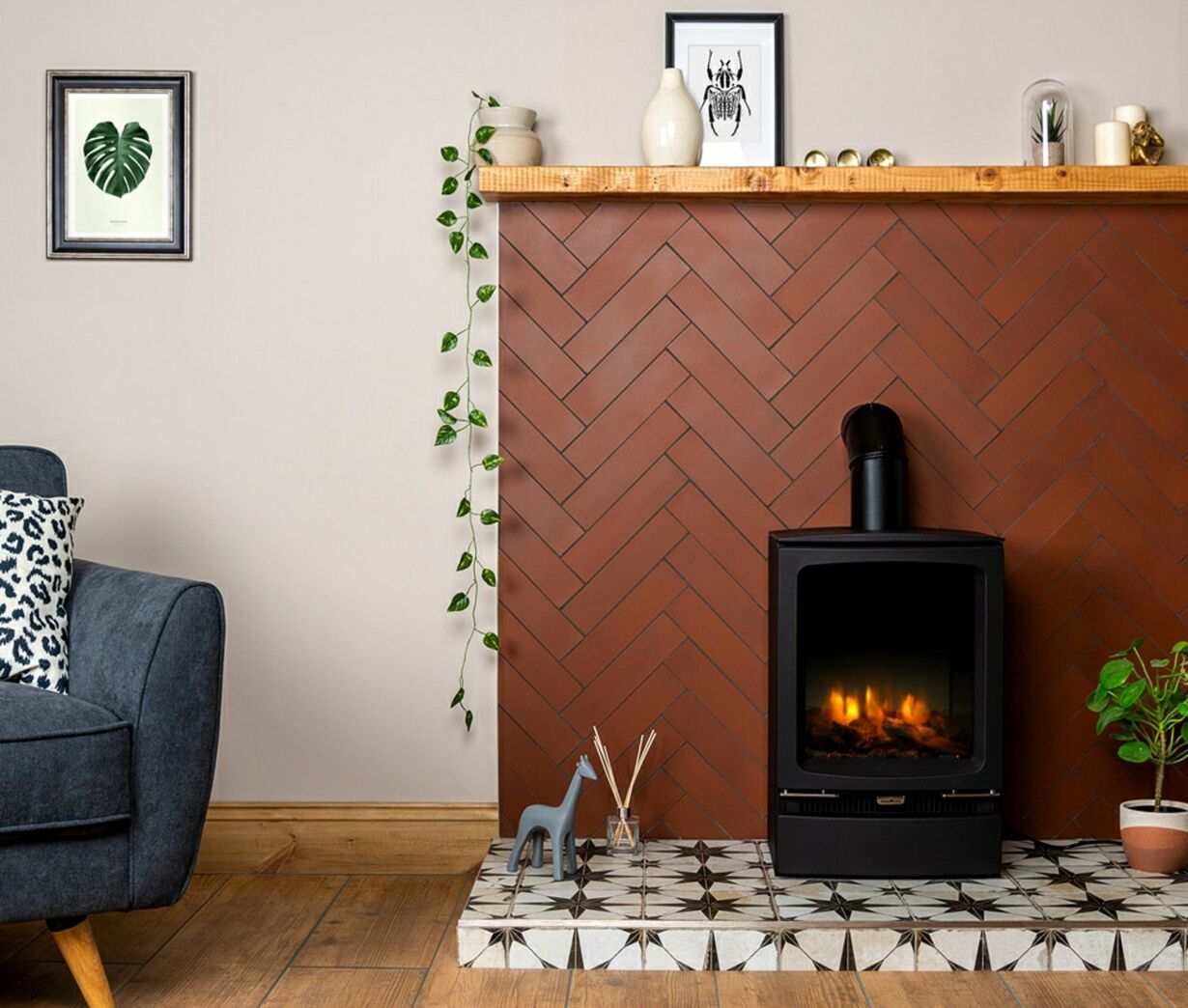
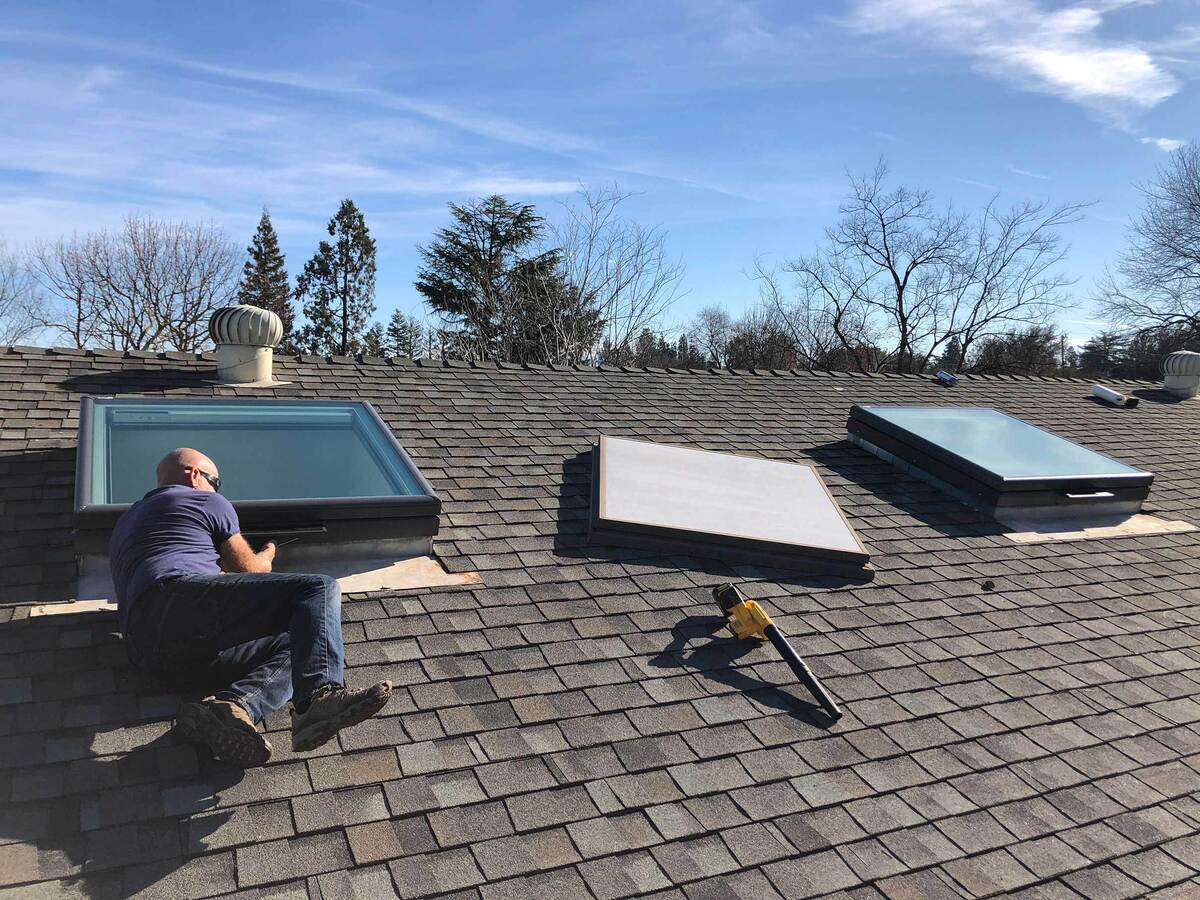
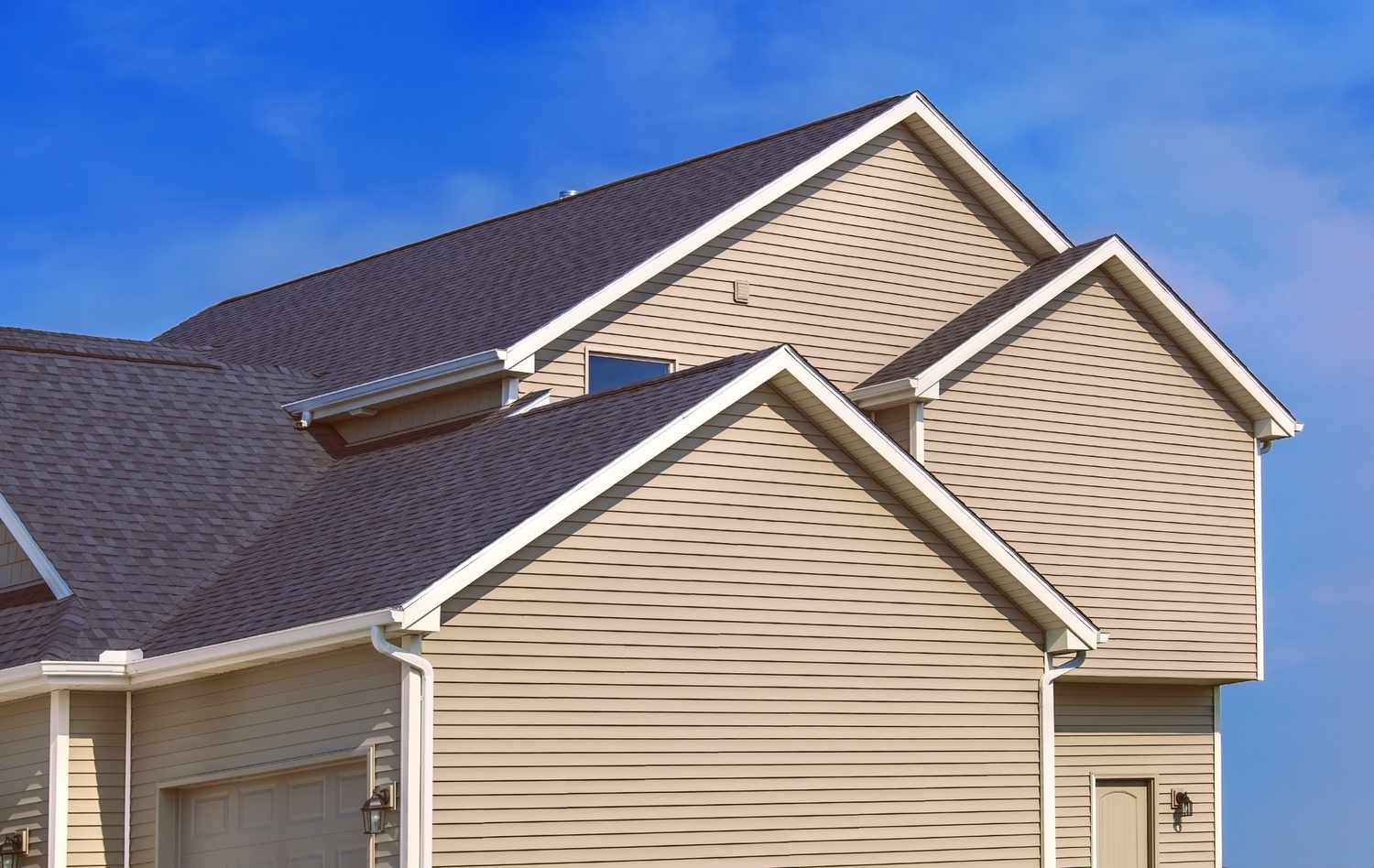
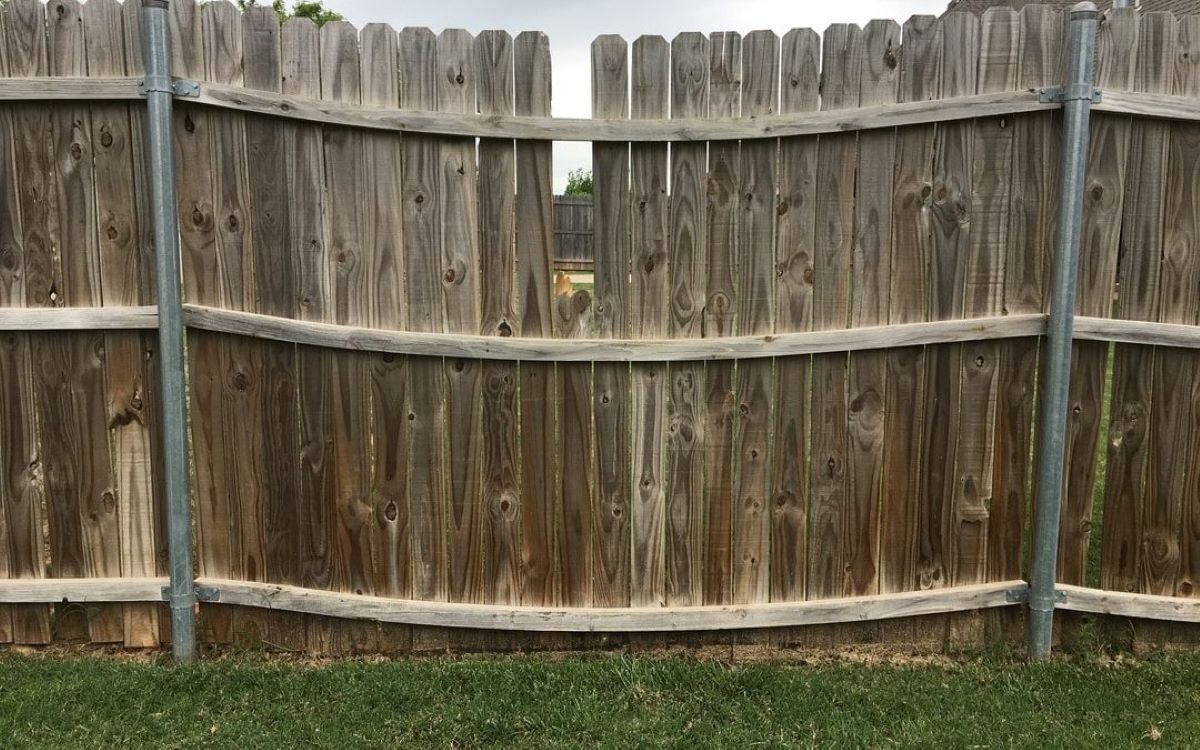
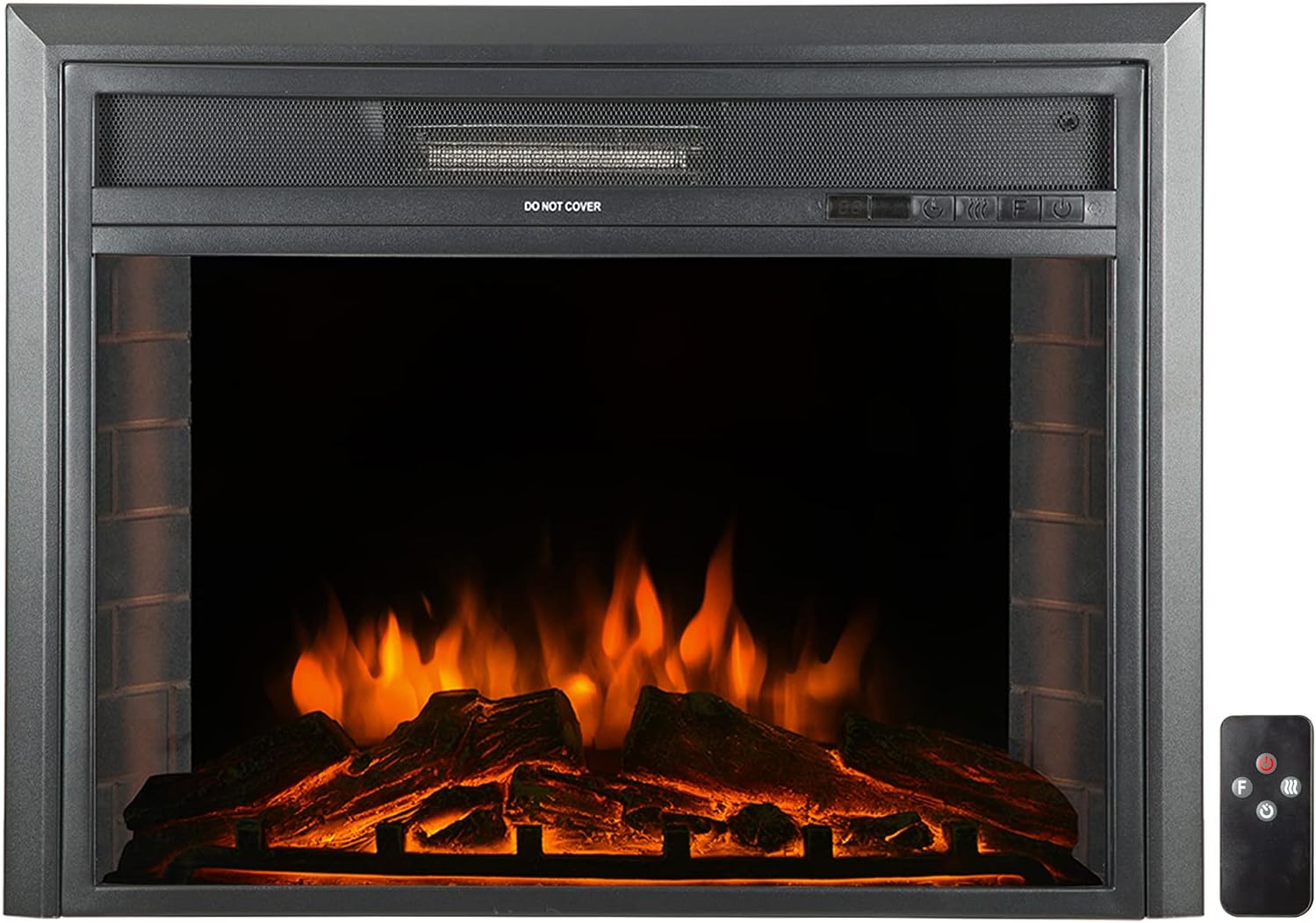
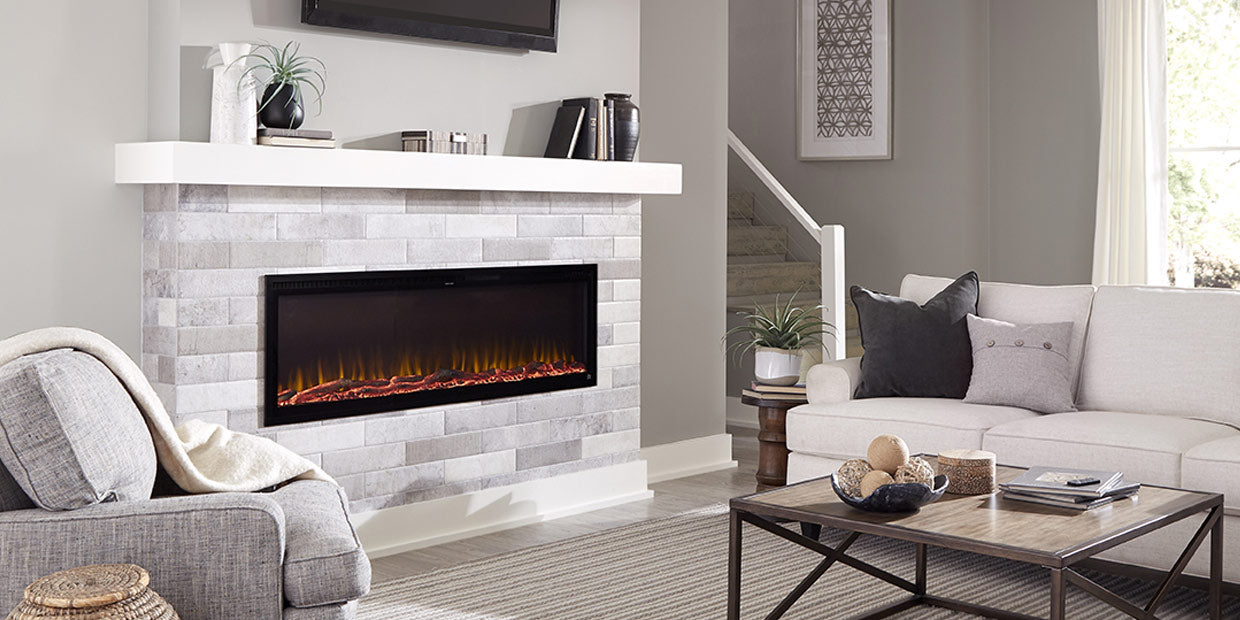
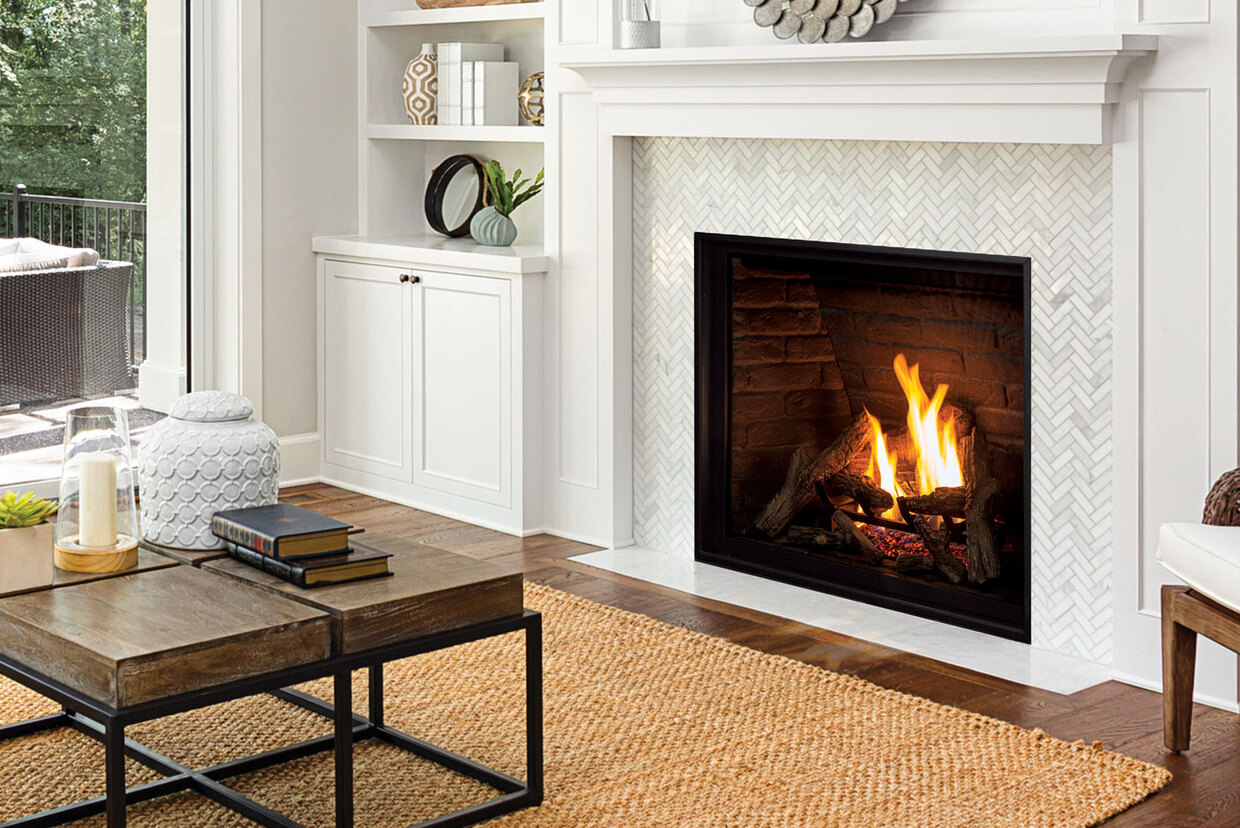
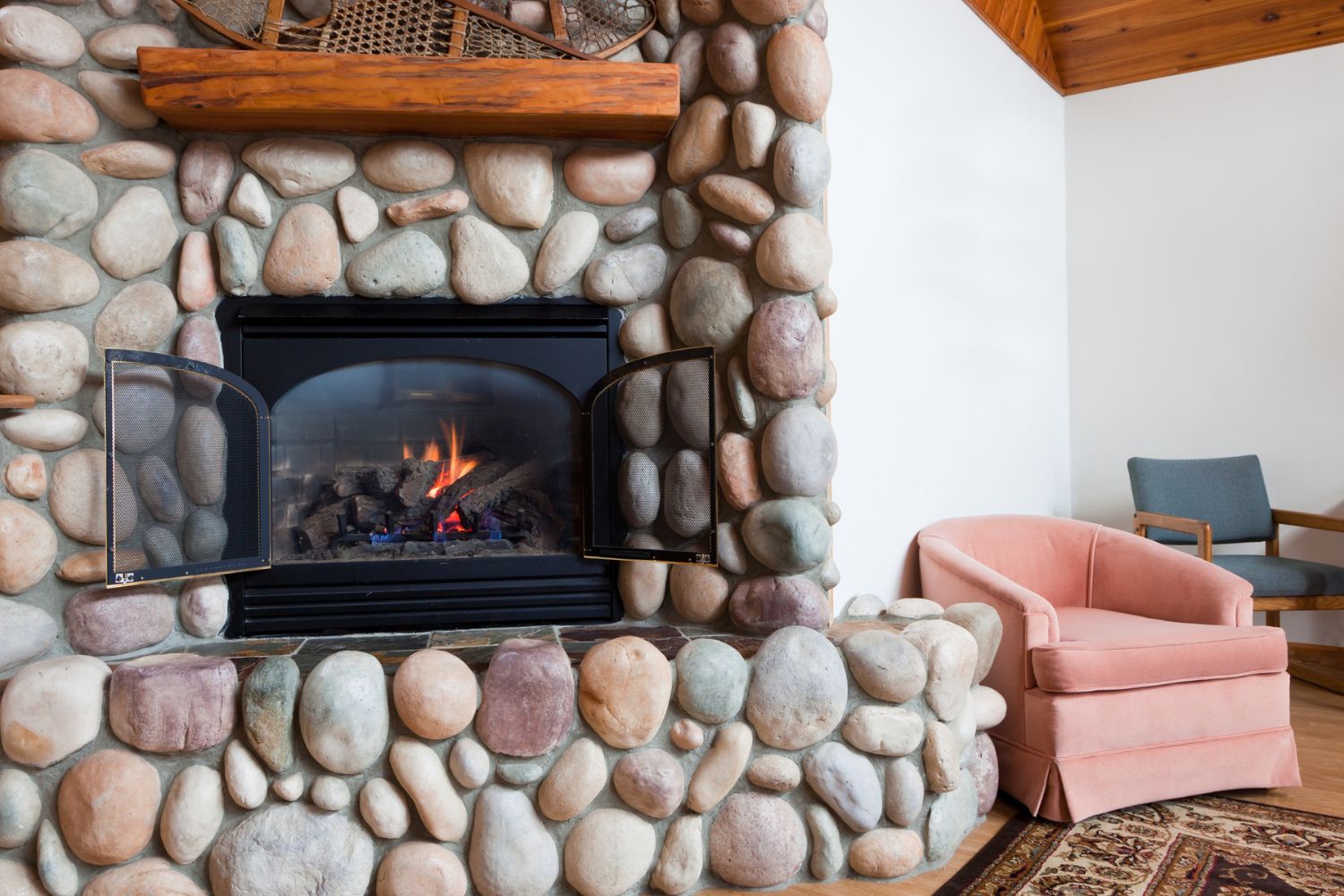
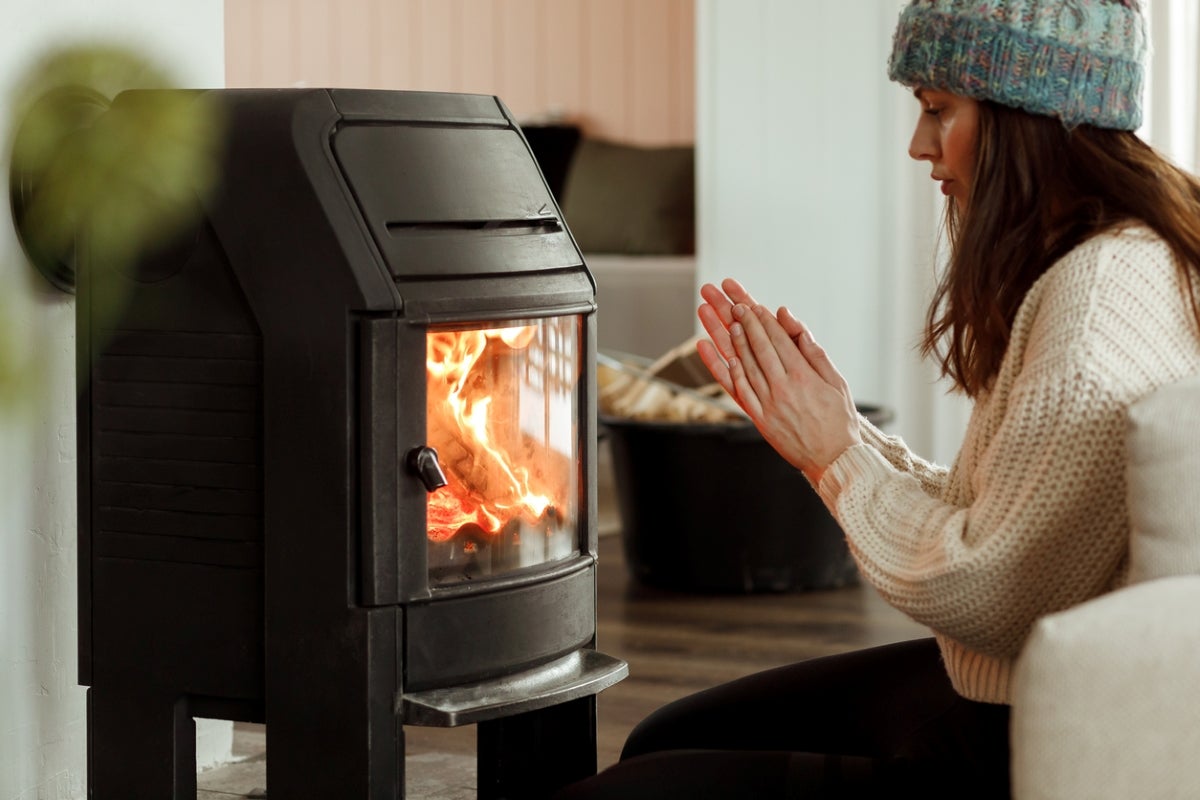
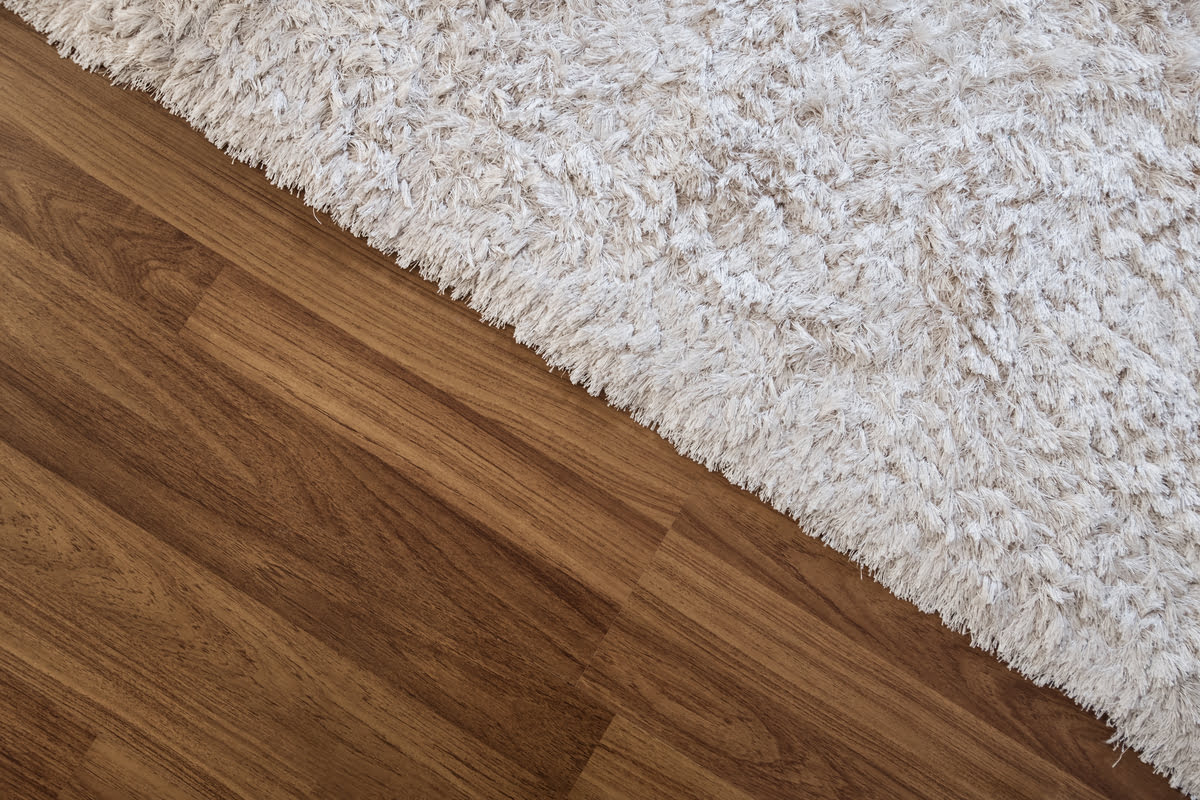
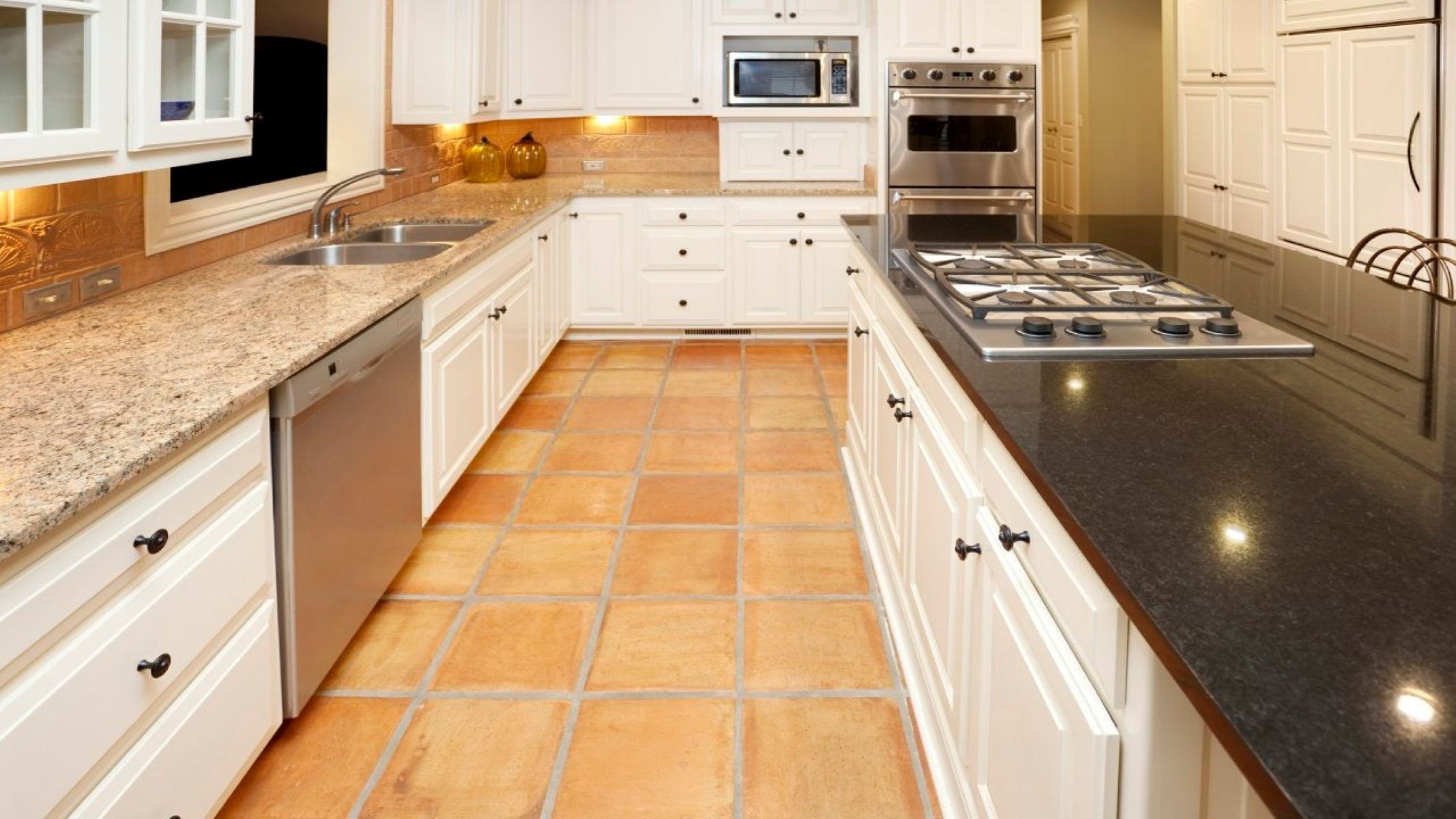
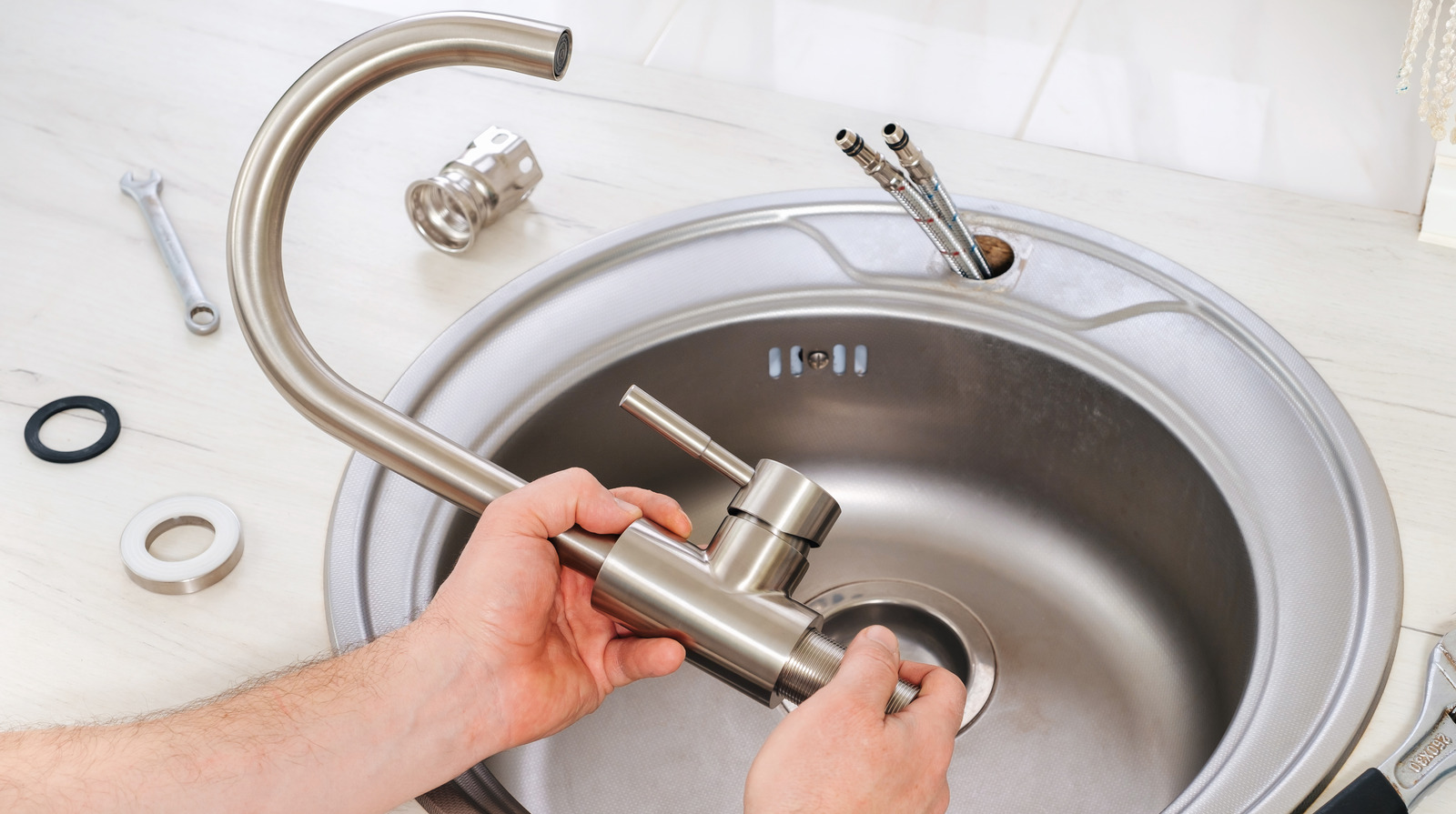
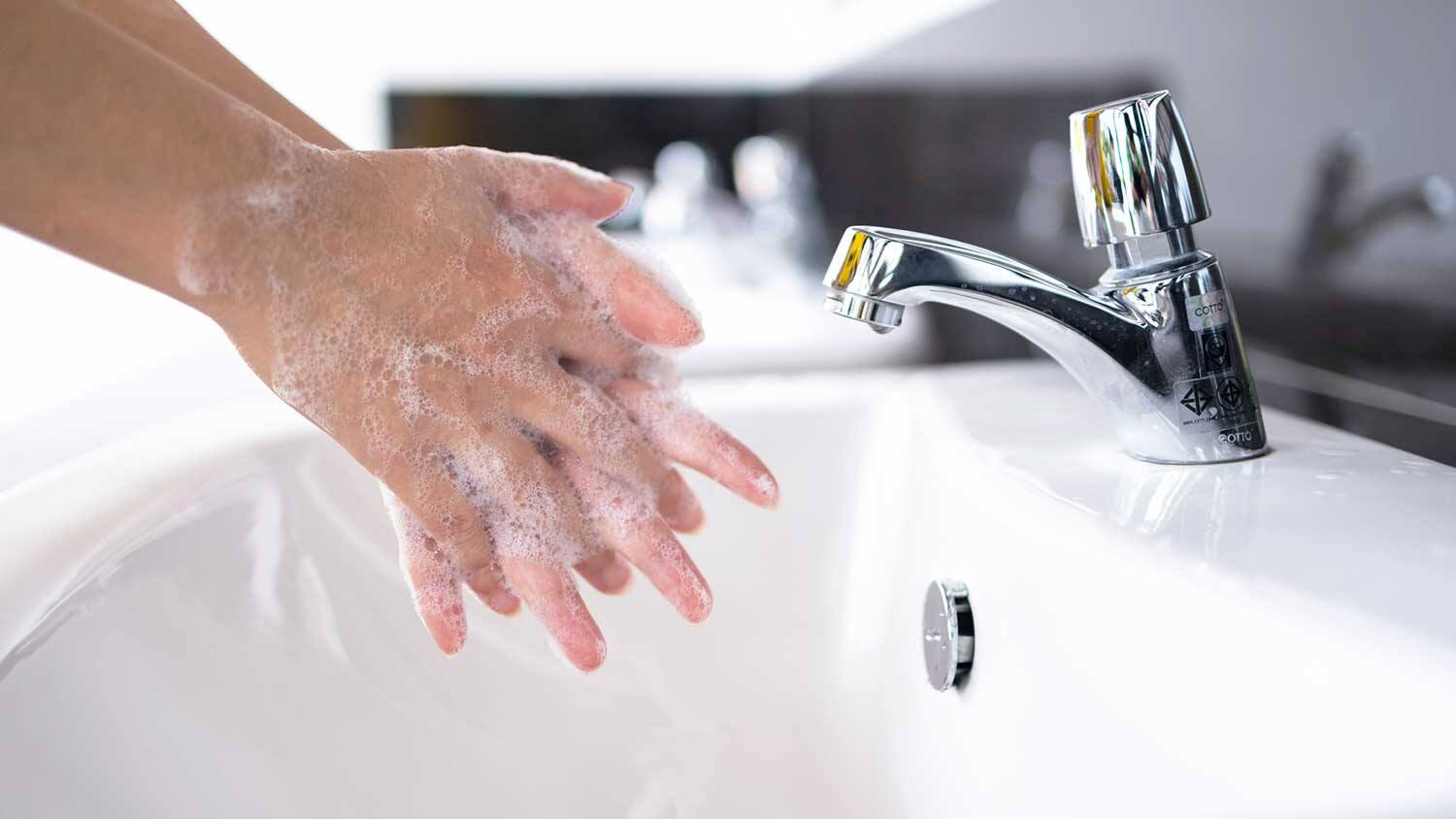

0 thoughts on “How Much To Replace A Fireplace”